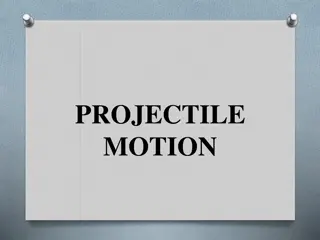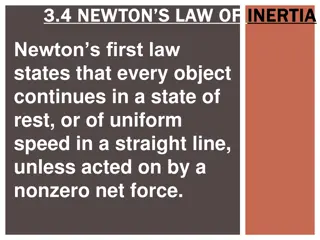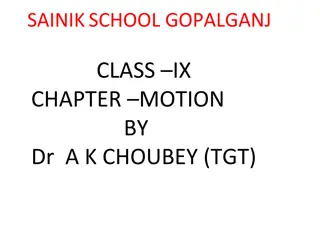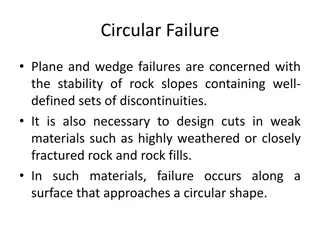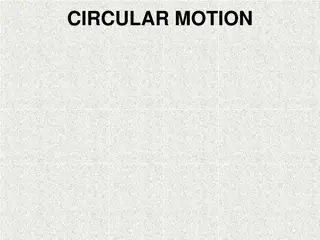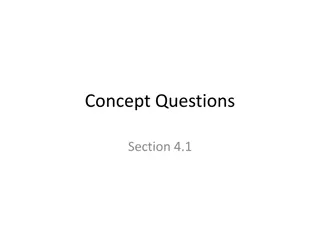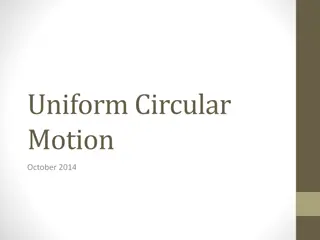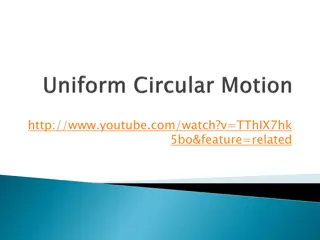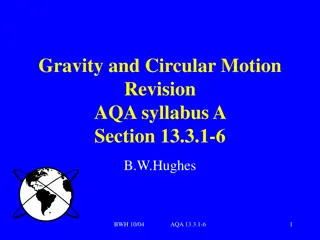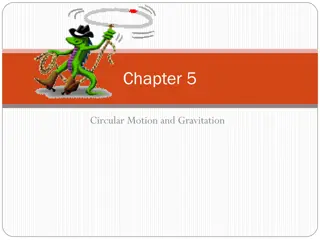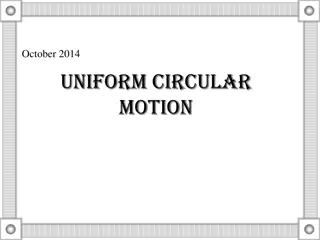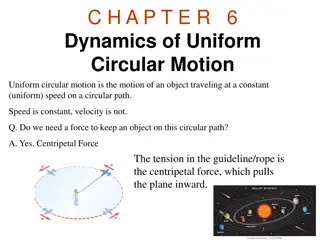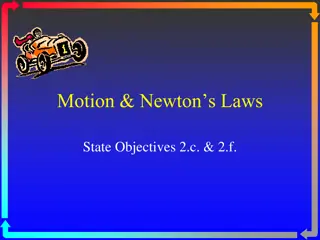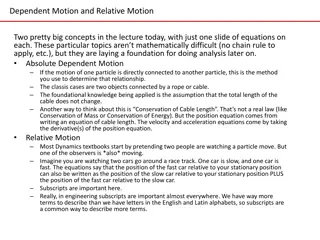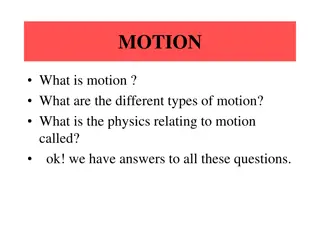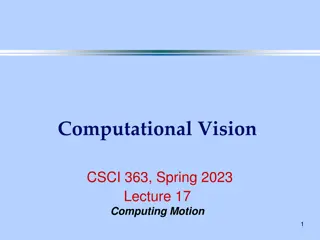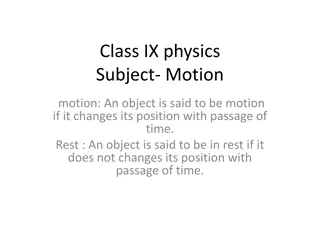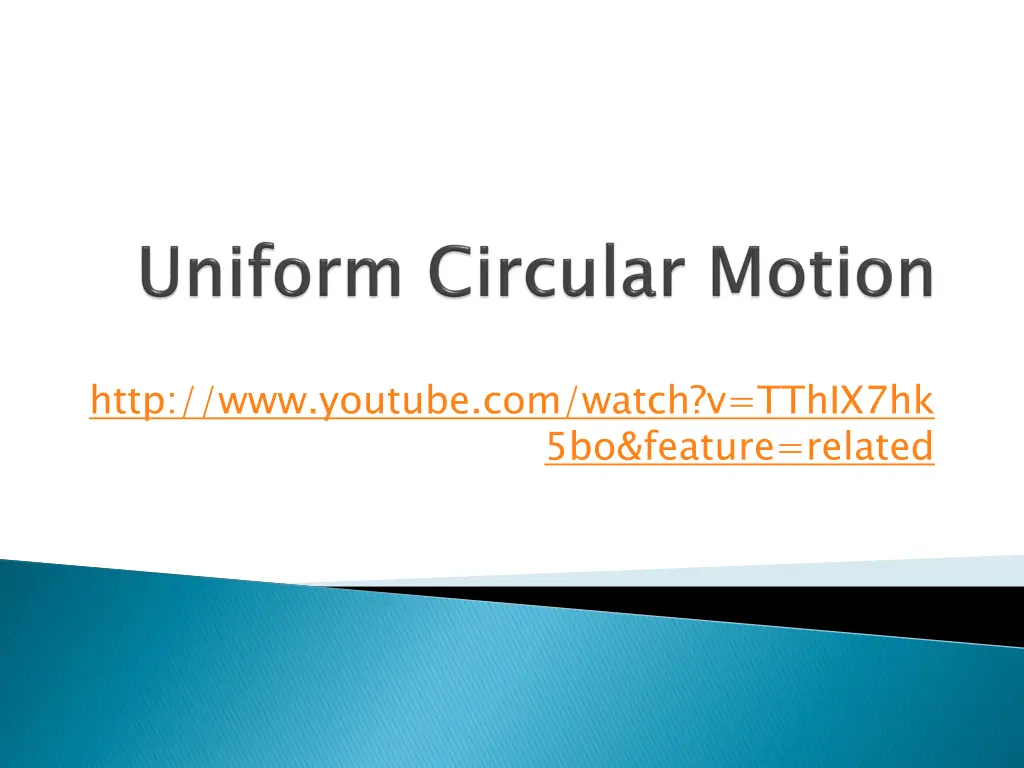
Exploring Uniform Circular Motion and Centripetal Force Relationships
Dive into the concepts of uniform circular motion, centripetal force, and their mathematical relationships. Understand how speed, radius, mass, and acceleration affect the dynamics of objects in circular motion. Explore practical examples and hypothetical scenarios to grasp the fundamental principles.
Download Presentation

Please find below an Image/Link to download the presentation.
The content on the website is provided AS IS for your information and personal use only. It may not be sold, licensed, or shared on other websites without obtaining consent from the author. If you encounter any issues during the download, it is possible that the publisher has removed the file from their server.
You are allowed to download the files provided on this website for personal or commercial use, subject to the condition that they are used lawfully. All files are the property of their respective owners.
The content on the website is provided AS IS for your information and personal use only. It may not be sold, licensed, or shared on other websites without obtaining consent from the author.
E N D
Presentation Transcript
http://www.youtube.com/watch?v=TThIX7hk 5bo&feature=related
Constant speed Constant radius Continuous acceleration of a constant magnitude directed radially toward the center Speed = circumference/period S=2 r/T
What is the mathematical relationship between net centripetal force (N) and speed(m/s) for an object undergoing UCM? Consider: If the independent variable is zero, should the dependent variable be zero?
What happened to the net centripetal force when the speed doubled? What would have happened to the net centripetal force if one could have kept the speed of the stopper constant, but doubled the radius? What would have happened to the net centripetal force if one could have kept the speed of the stopper constant, but doubled the mass?
Gizmo: Uniform Circular Motion Split your lab group in two. One finds the mathematical relationship between Fc and radius, the other finds the relationship between Fc and mass. Put your data, graph and equation on WB.
S=2r/T ac= S2/r Fc= m(S2/r)
The blades of a blender are 3.0 cm long. The blender spins at a maximum rate of 80 revolutions per second. Determine the speed and acceleration of the tips of the blades.
A 20.0 kg child rides on the edge of a 10.0 m diameter carrousel that makes one revolution every 8.00 seconds. Compute the net force acting on the child. What is the direction of that force? If the child was standing on the deck of the carrousel, what type of force would provide the net force?
1. ID what you must find 2. Draw a FBD 3. ID the inward force 4. (Deal with the vertical forces if necessary) 5. Use Fc= m(S2/r) 6. Sub and solve
How fast can a 1200kg car travel around a 100m radius arc if the coefficient of _______ friction is 0.8? What if the car s mass doubled, but all other factors remained the same?
The Taz Twister is a ride at Great Adventure that consists of a round room with carpeted walls. Once the room is up to speed the floor is lowered, but the riders, who feel pinned to the wall do not drop with the floor. If the radius of the room is 7.0m, and the coefficient of ______ friction between the riders and the wall is 0.5: A) what speed must the riders have to stay glued to the wall ? B) what Period must the ride have?


